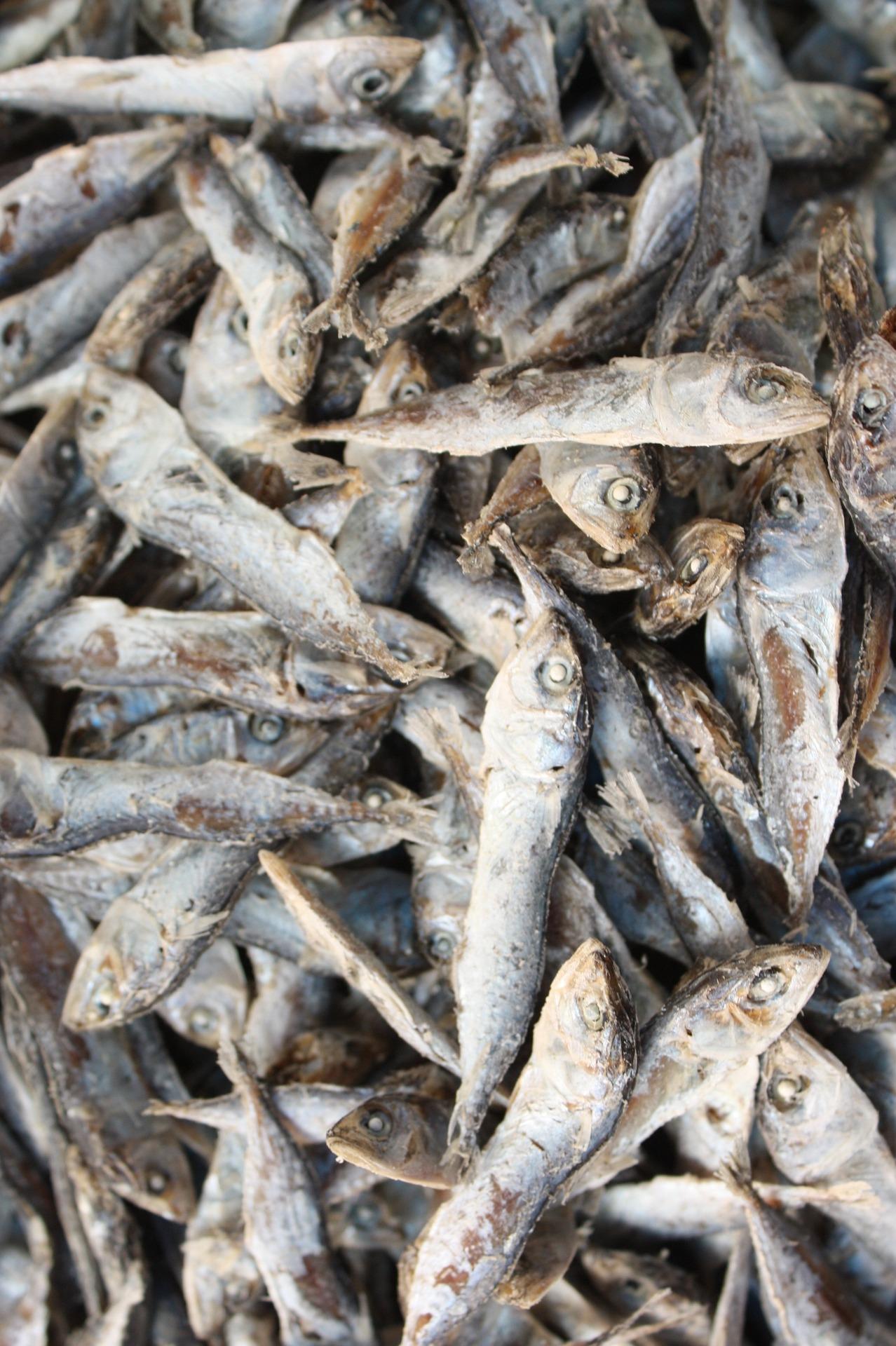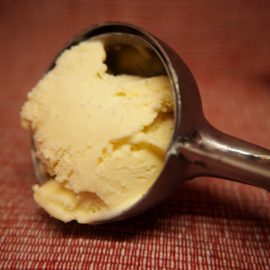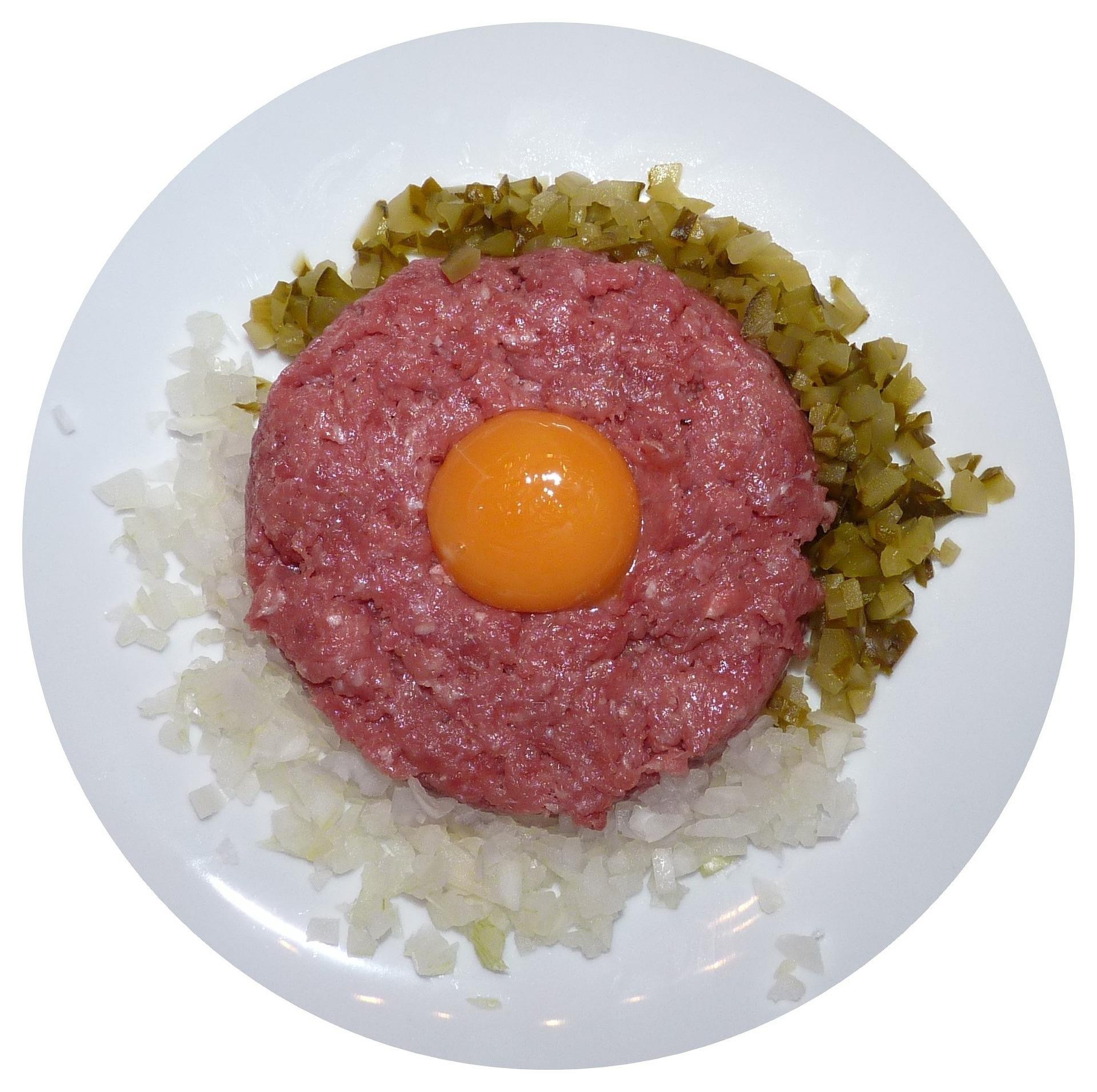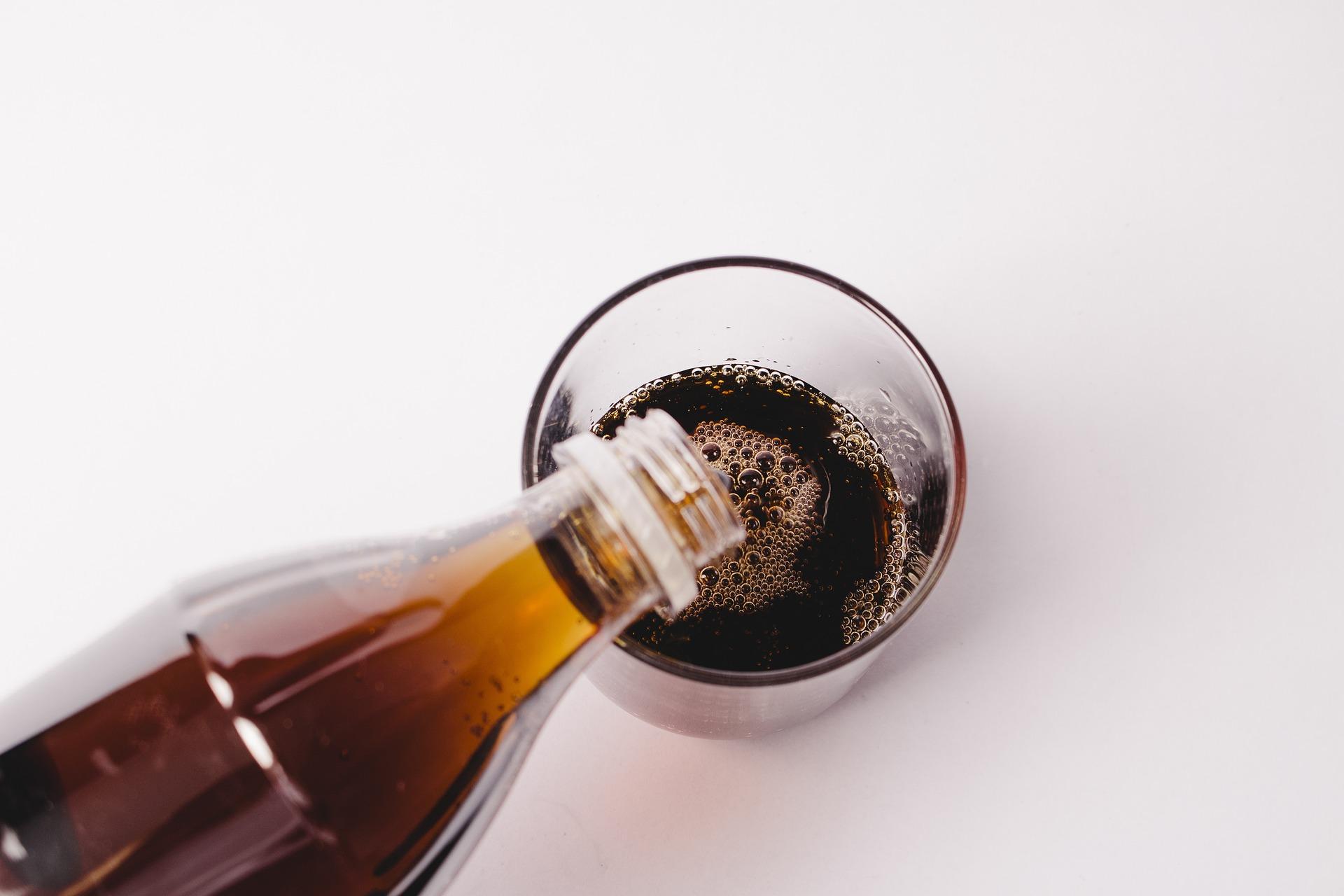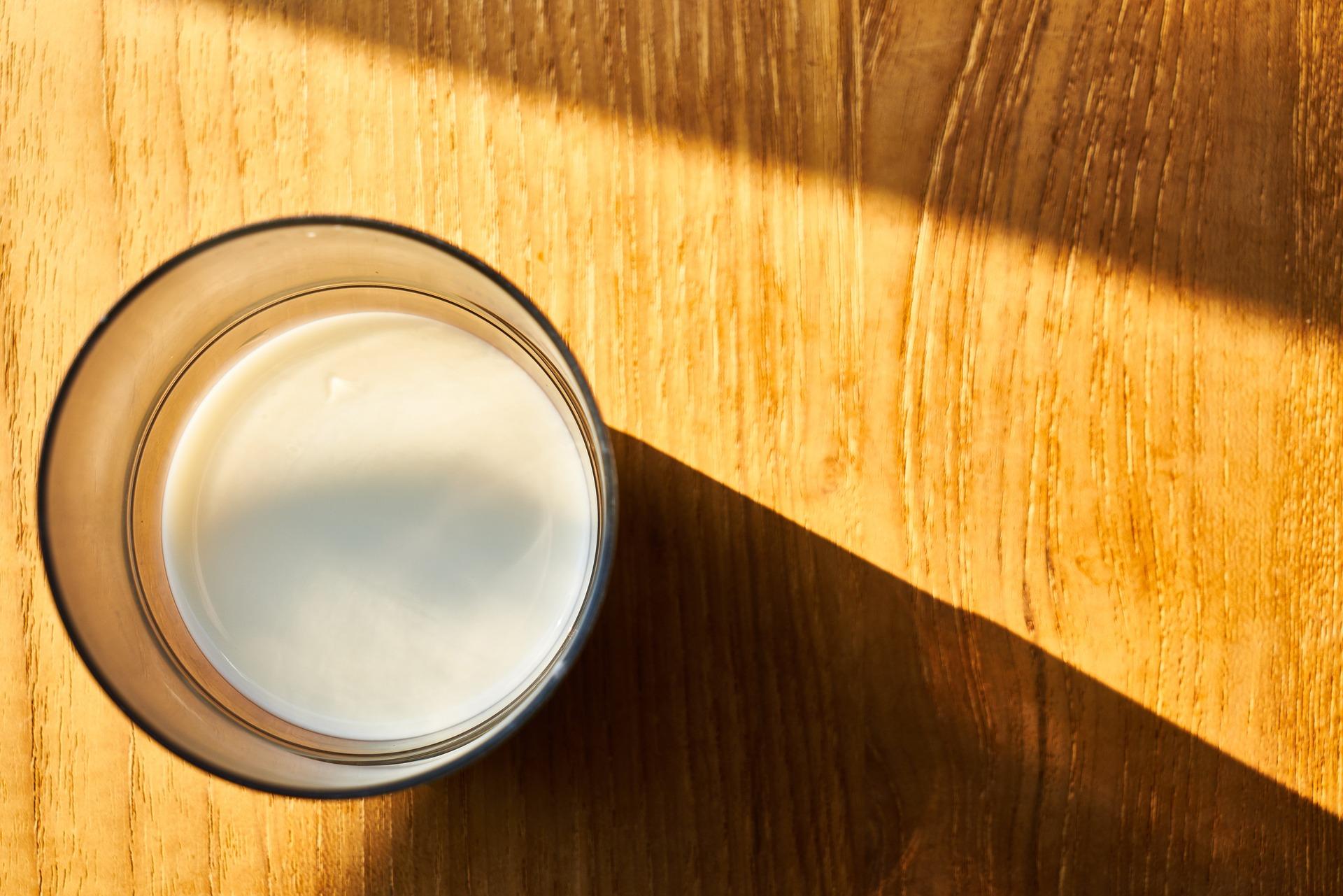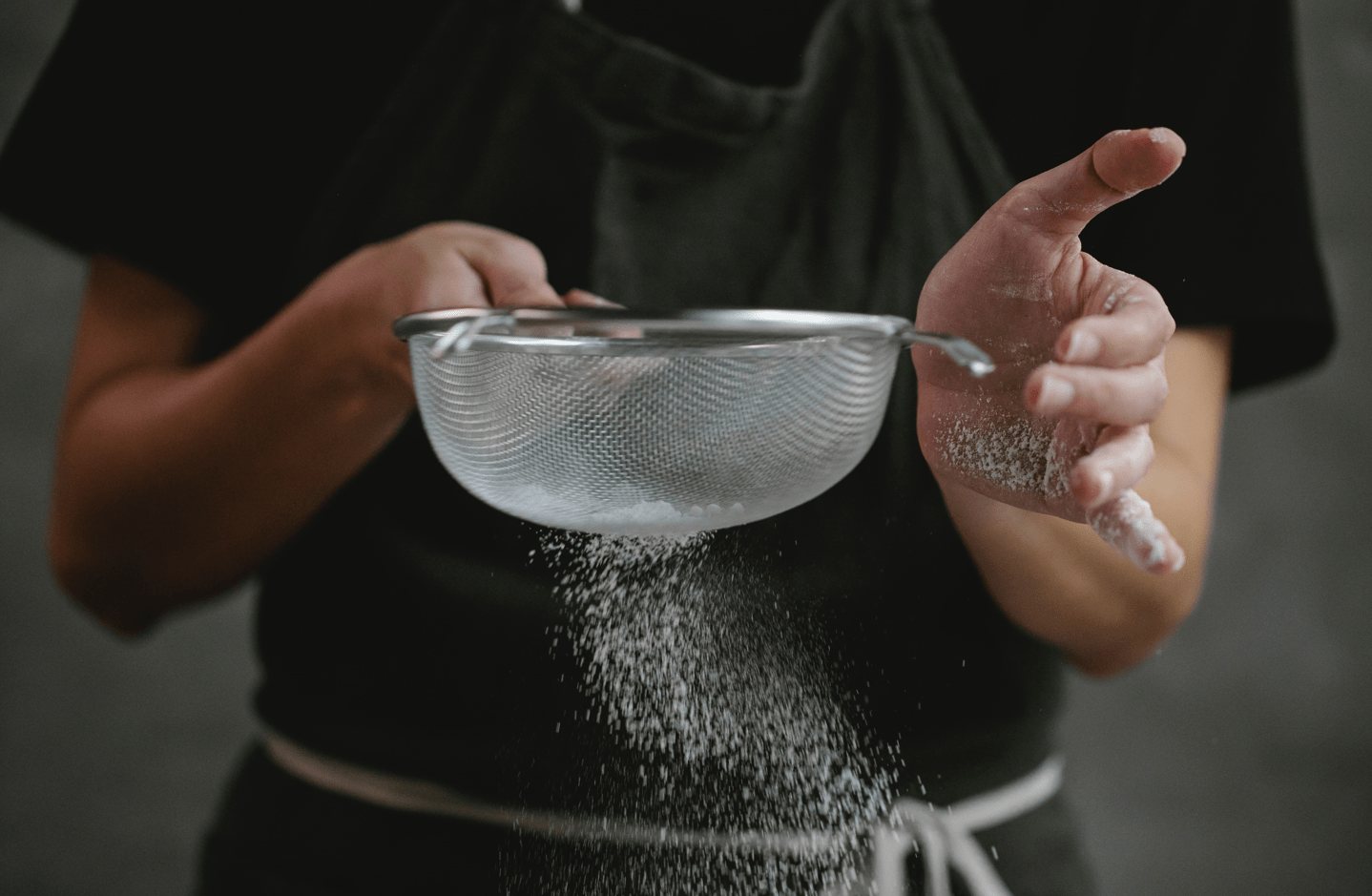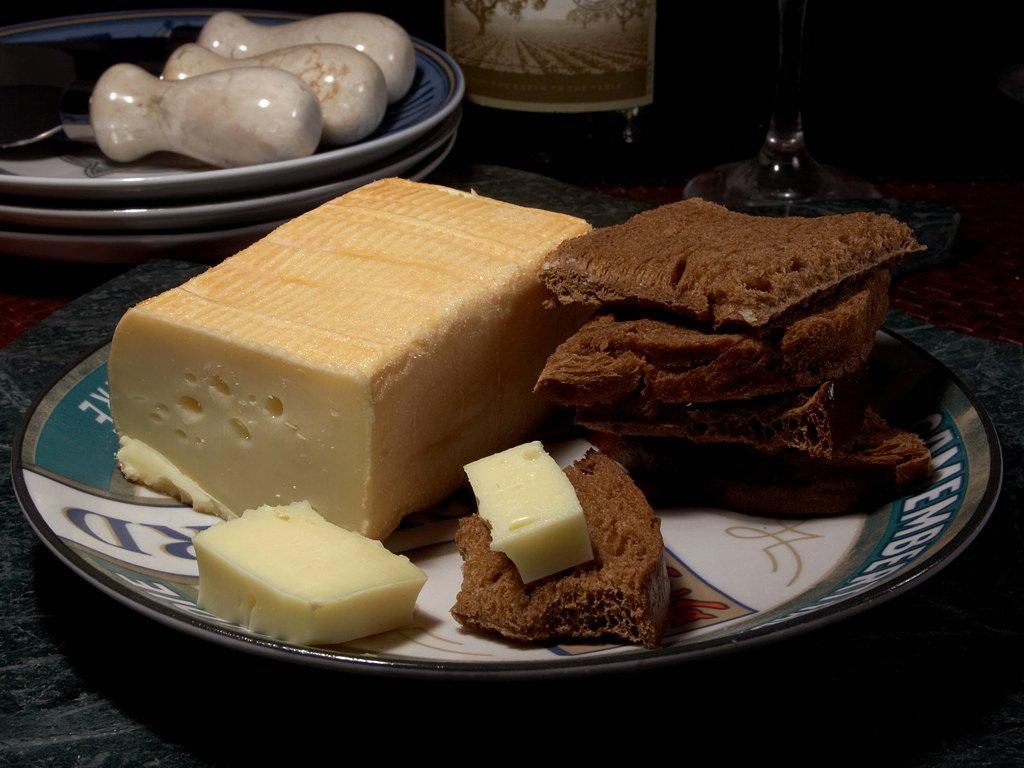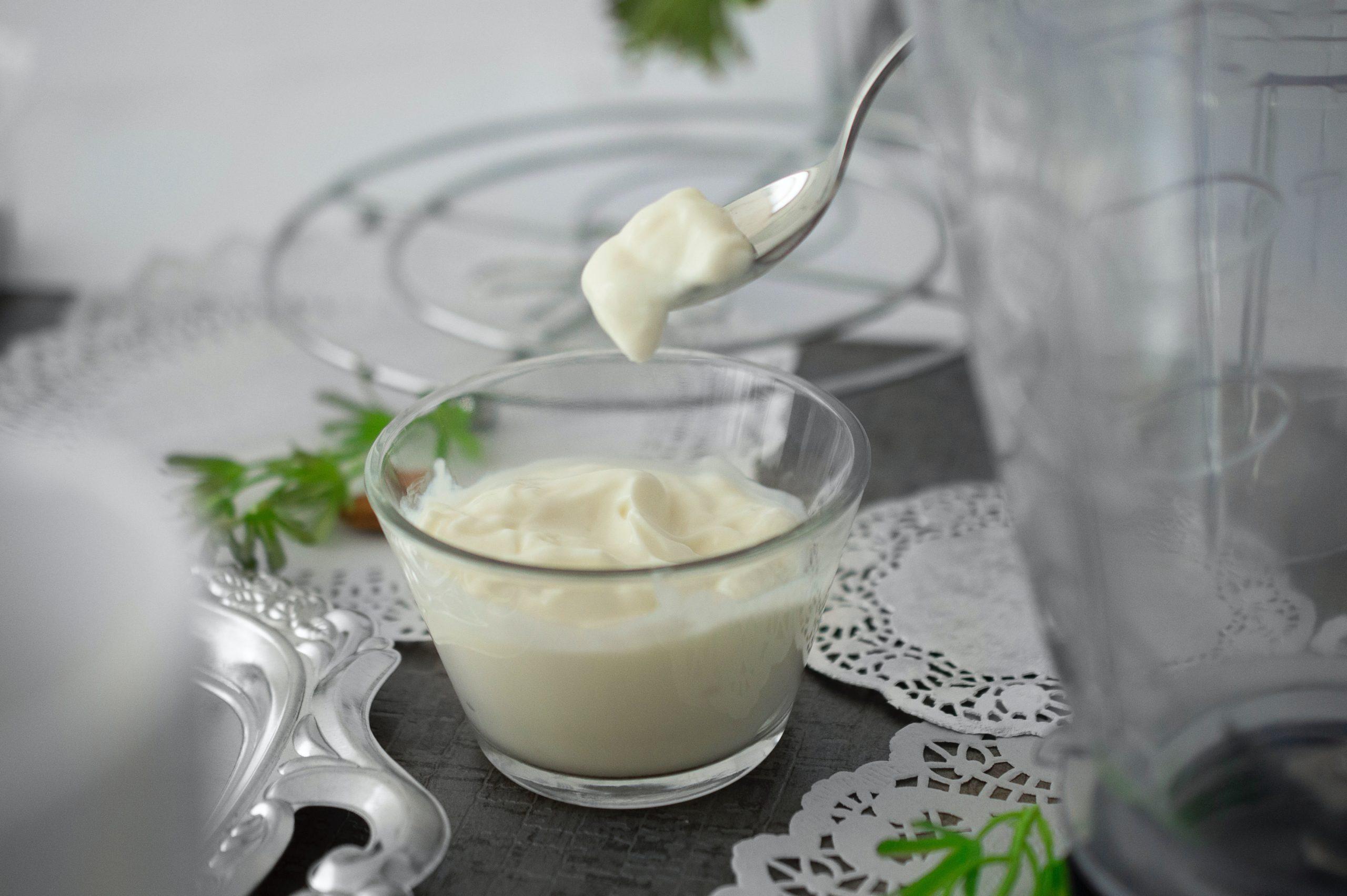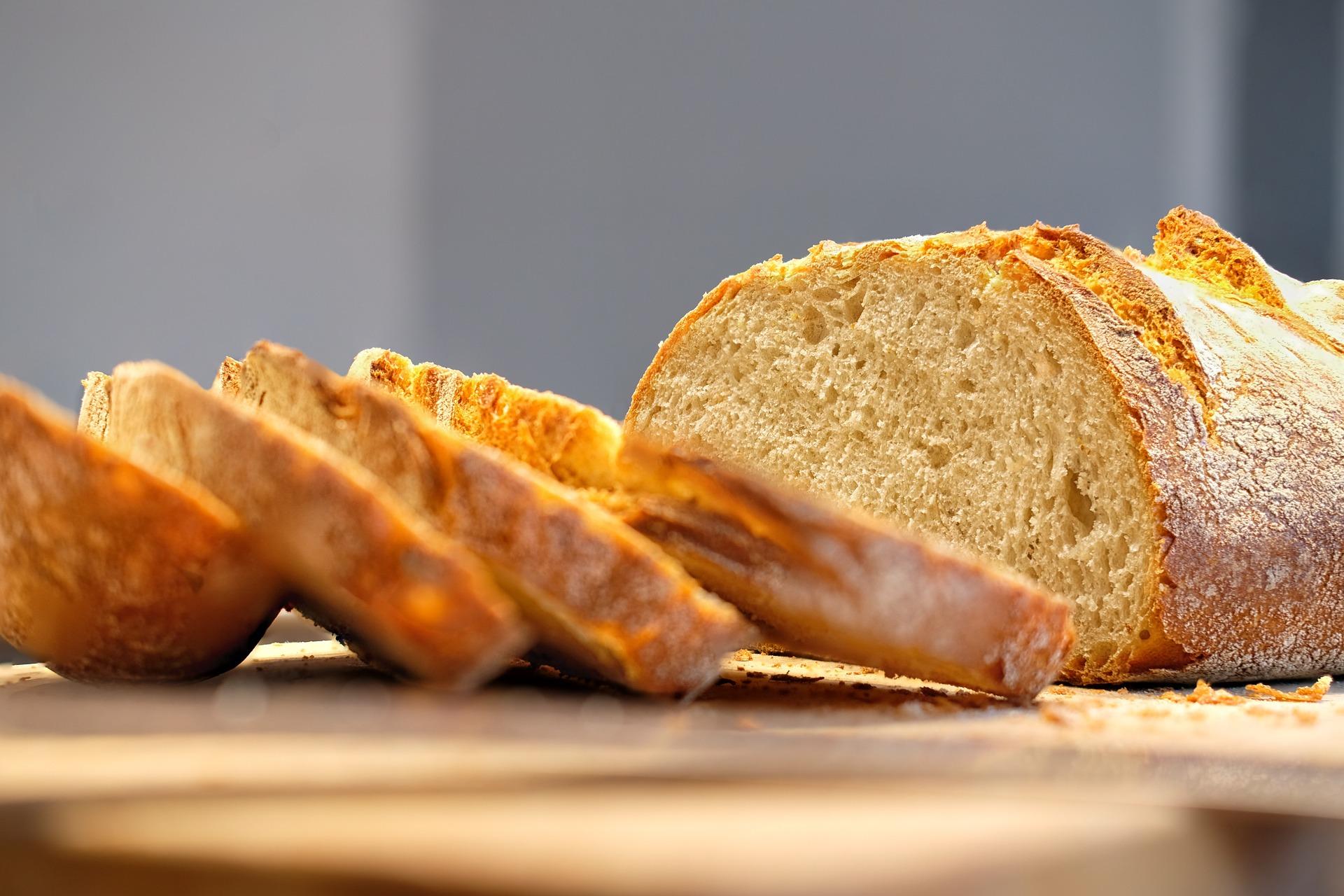When salting, salt reduces the growth of spoilage bacteria and molds while allowing friendly bacteria and local enzymes to populate and break down the relatively flavorless protein molecules and lipids found in fish. This, in turn, reacts to produce even more complex flavors.
What Marshmallows Are Made Of
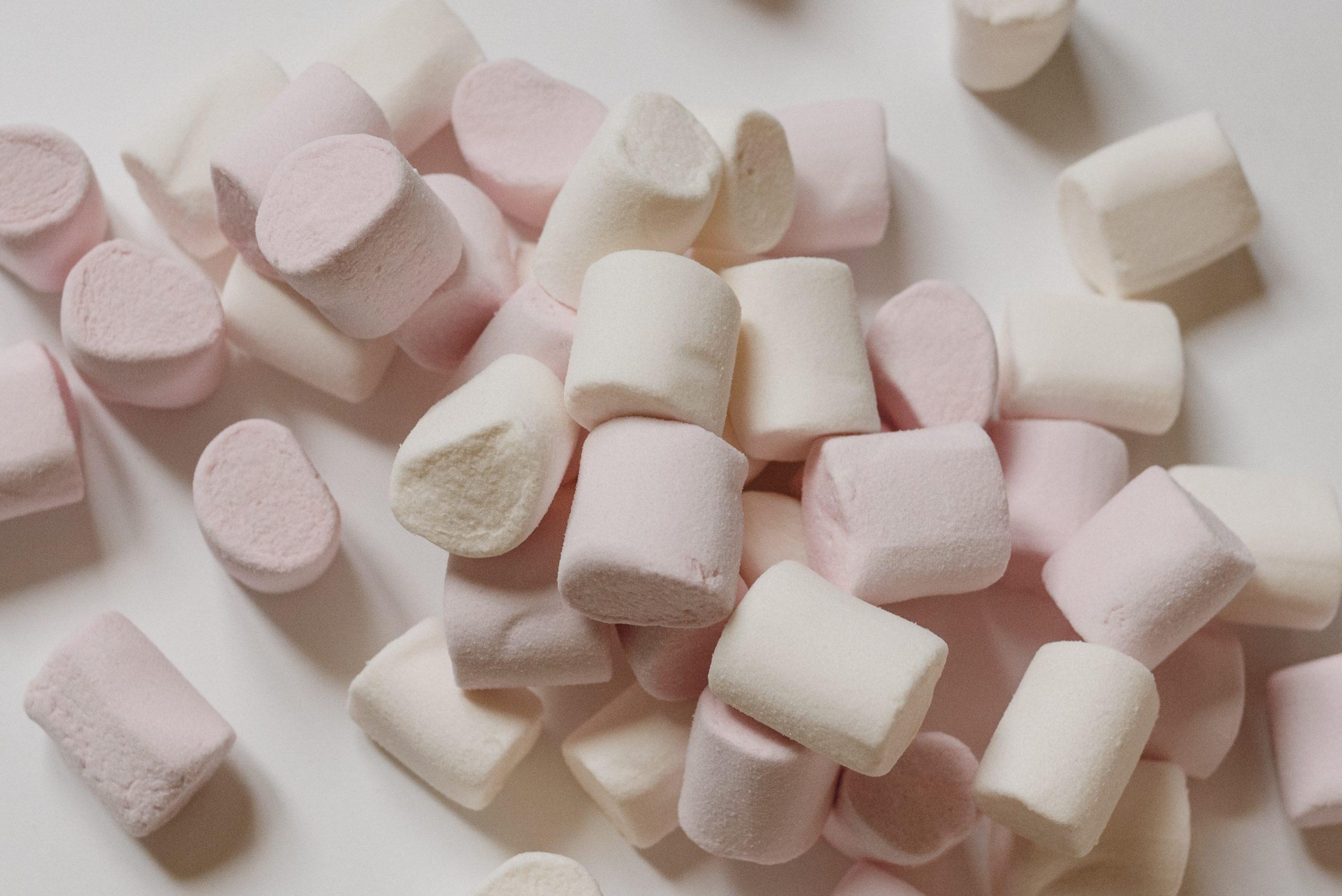
Marshmallows are made with gelatine mixed with sugar syrup (sugar and corn syrup or honey and glucose) and then cooked. By whipping the mixture, foam is created, which is 2 to 3 times larger than the original volume. As the liquid cools and gelatine hardens, millions of air bubbles are stabilized and bound by the protein molecules.
